

Nina Ottosson has become renowned for her interactive dog toys and games. Her philosophy is that the dog has four legs and one head, and all five need activity in different ways. Here she talks about the concept behind her products.
Dogs need a mix of physical and mental activity. Like humans, they need a certain amount of activity. But it’s important to find a balance between activity and inactivity, so that the dog does not get stressed by under- or over-activity. If they don’t get to channel their energy into an organised activity, they can sometimes create their own “fun”, which is not always appreciated by the owners, or just get hyperactive. Stimulation of your dog can be anything from tracking in the woods to obedience training, learning different tricks, or hiding treats or a toy to find in a room. In the summer, dogs normally get more stimulation. It is easier and more fun to be outside and play and come up with activities. In the fall and winter it is often hard to vary the activities indoors and think of fun activities that are entertaining, simple and stimulating. Mental stimulation is something many dog owners may not have time for, or they have difficulty coming up with things to do, and may not realise how important it is for the dog’s overall health. It would significantly reduce the number of “problem dogs” if every-one understood how important it is for the dog to use its head as well as its legs. Working for food or treats I start thinking about how to stimulate my dogs in a simple, fun and varied way indoors, and since 1990 I have worked on the development and design of dog activity toys and games that stimulate the dog mentally, or “brainteasers” for dogs. They are designed for the dog to work with problem-solving in different ways, by finding hidden dog treats, lifting blocks, turning discs, pushing blocks, putting blocks inside something etc. The purpose of these games is to enable the owner to stimulate the dog in an easy and fun way at home. Wild animals get natural mental stimulation when hunting for food, which has inspired me when developing games to match the dog’s natural movements and instincts. The dog has to work to get food or treats, not just have them served from a bowl. Many dogs are willing to learn something new if they get a tasty treat. There are a small number of dogs that are very hard to motivate. Many of these dogs can get motivated by combining several of these rewards to increase the benefit of performing or to get the dog’s attention. Eating is the primary driving force, since it is important for survival, which is what I have based my products on. Then I have added other things like movement, hunting, object interest and pets, since the…
Related articles
Read also

 Menü
Menü






 11-12/2010
11-12/2010
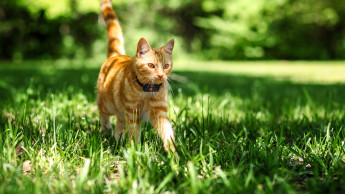
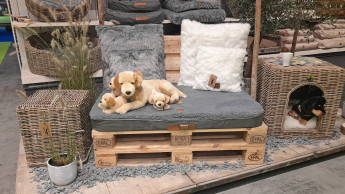

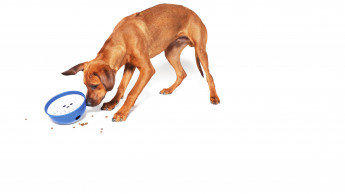





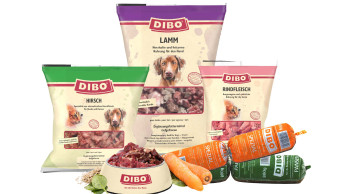

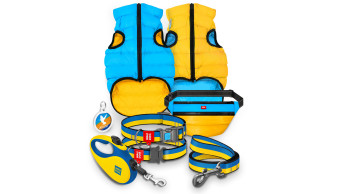
 Newsletter
Newsletter